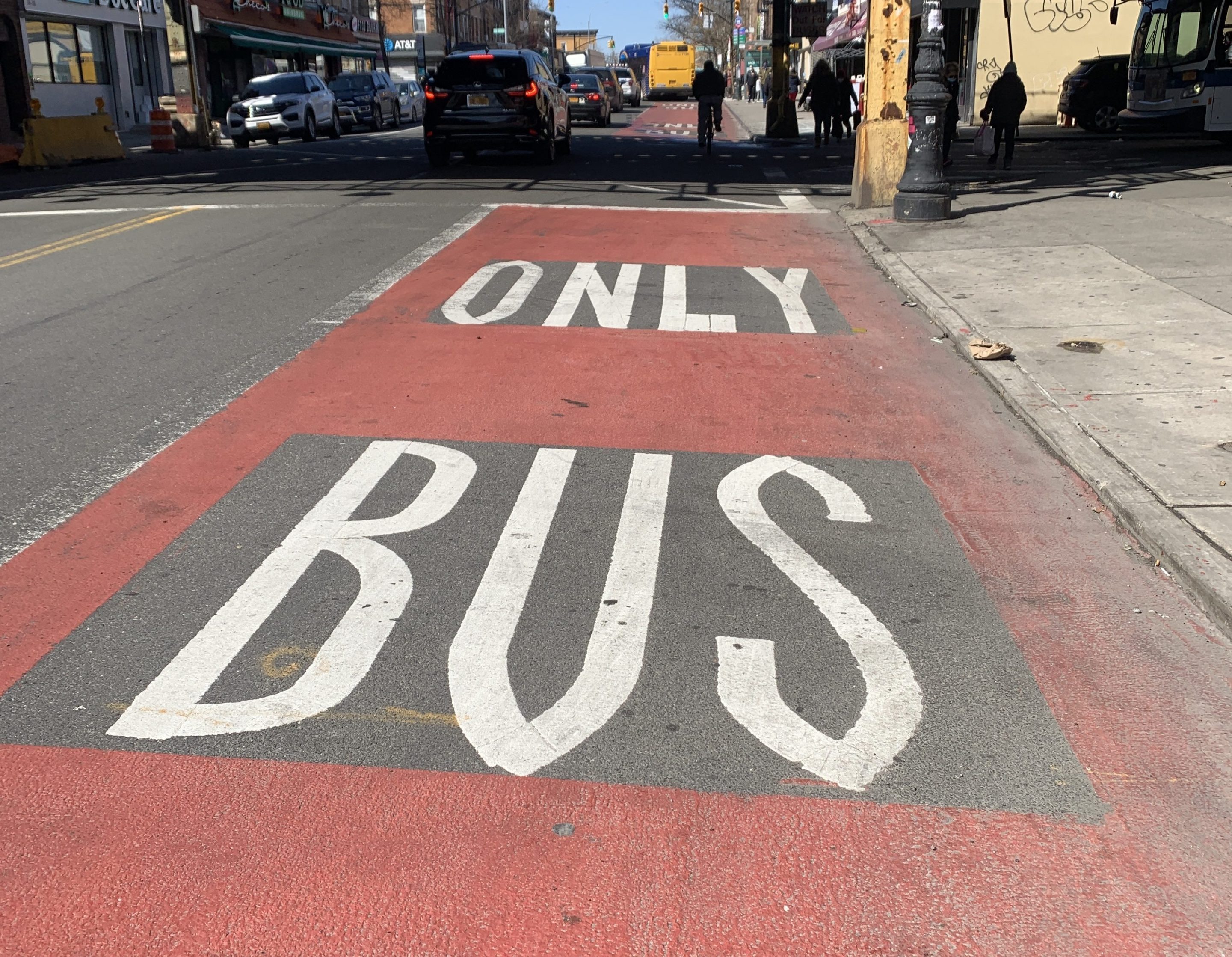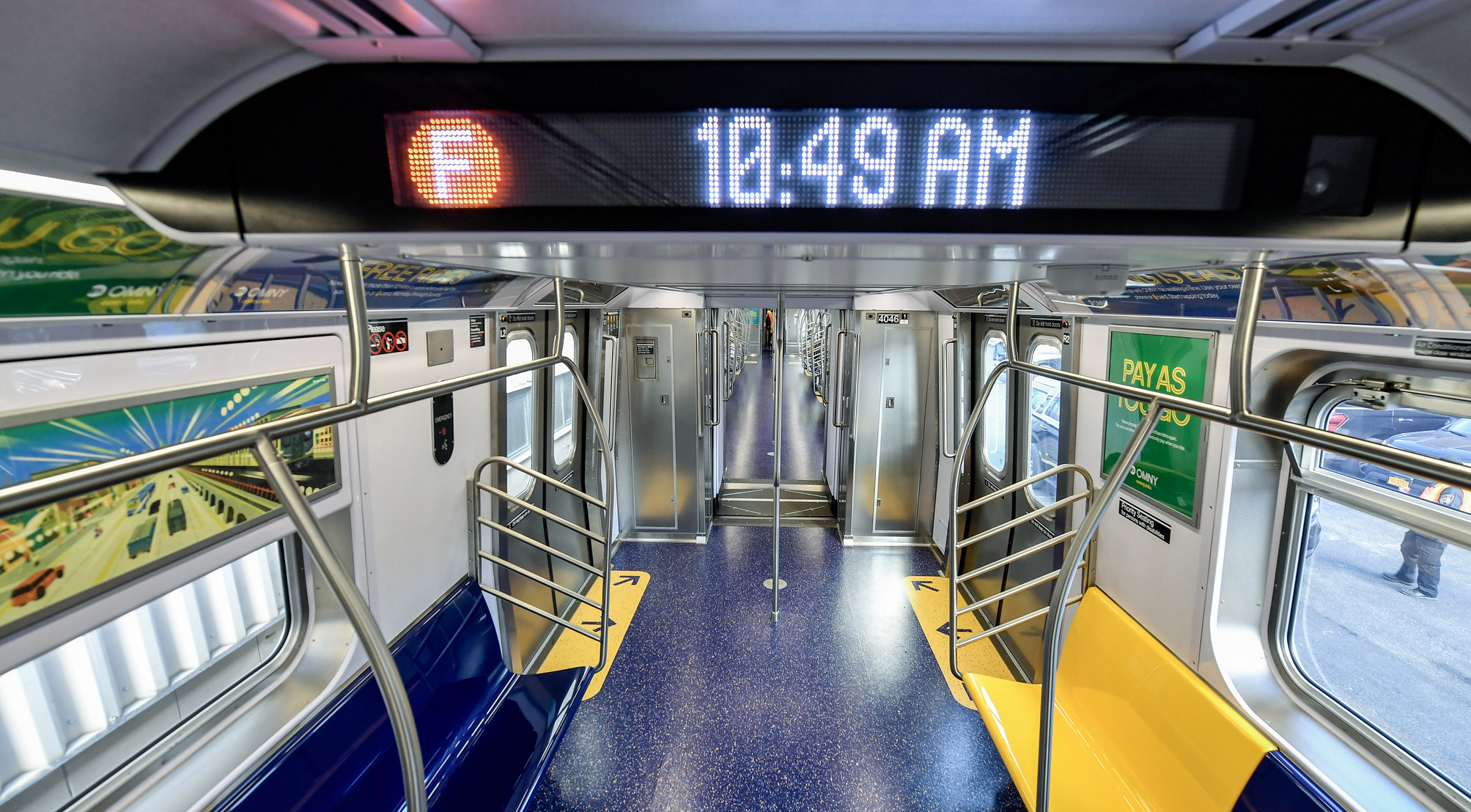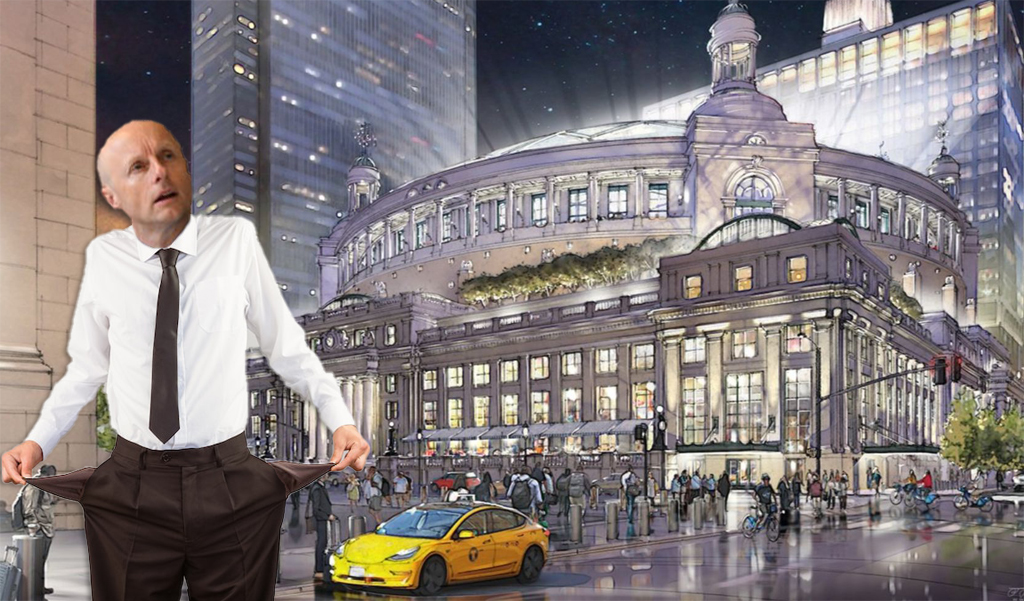The "backwards" AirTrain to LaGuardia — the $2.05-billion people mover with the circuitous route that drags passengers farther east, to Willets Point in Queens — won’t save enough people enough time or money to justify its gargantuan expense, analysts repeatedly have argued. That's especially true now, as New York City transit struggles to recover the ridership it lost to the pandemic (despite recent gains, it's still down by about half compared to 2019) and plane traffic isn't likely to recover to pre-pandemic heights until 2024 (if then).
The AirTrain is facing heavy sledding. This week, the environmental group Riverkeeper sued to stop the project; a raft of civic groups wrote to the governor and to New York's congressional delegation in support of the suit. Meanwhile, a former commissioner of the AirTrain's sponsor, the Port Authority of New York and New Jersey, denounced the project as "worse than an embarrassment" and a "boondoggle." Last week a new analysis by Reinvent Albany determined that, once you subtract airport employees, the AirTrain would address the travel needs of a single, middling, bus-route-worth of passengers, or a net of 6,000 daily in a city of 8.5 million.
A much better choice for ferrying passengers to LaGuardia would be to invest in the several bus routes that already service the airport — in the form of lower fares and dedicated lanes on car-free streets. Better buses could and should improve public transit to LaGuardia immediately — with almost none of the expense and disruption associated with the AirTrain mega-project. Gov. Hochul should kill the AirTrain project in lieu of this cheap, quick alternative.
The methodology exists.
In 2015, the Riders Alliance proposed eliminating fares on the Q70 between the Jackson Heights-Roosevelt Avenue subway hub and the airport. The apparent fare cut actually would cost the MTA almost nothing because the majority of riders would have paid to enter the subway before boarding the bus.
The same policy change could make the M60 SBS, which runs along 125th Street in Manhattan before crossing into Queens and terminating at LaGuardia, more attractive to airline passengers. Between the two fare-free bus lines, riders could connect easily with almost the entire subway system in four boroughs that are home to more than eight million people.
Dedicated lanes aren't a stretch, either.
Before the pandemic, then-New York City Transit President Andy Byford promised to redesign antiquated routes in favor of meeting modern desires for lines to schools, hospitals and, yes, airports, as he argued in his grand plan for remaking city bus travel, "A Better Way Forward" (see page 30). Unfortunately, the pandemic has hampered those plans. But before Byford left his job in 2019, he worked closely with City Hall, inspiring Mayor de Blasio to paint many more miles of bus lanes than his predecessors, including controversial, marquee projects such as the 14th Street and Flushing Main Street busways.
The 14th Street busway achieved improvements in both speed and ridership of roughly 30 percent within just a few weeks of its inauguration in late 2019. Even without MTA scheduled adjustments to take advantage of a street cleared of traffic, riders flocked to the route, enjoying vastly better service. Similar busways, which eliminate most private car traffic but permit commercial pickups and deliveries, could be built along the routes of M60 and Q70 in a few weeks for the cost of paint and signage.
Yet for the AirTrain's chief proponent — former Gov. Cuomo — the mere fact that the AirTrain wasn't a bus was its virtue. As he told reporters in spring 2020: “I’m a Queens boy. I grew up a few miles from this airport. It can take you an hour easily to get into New York City. Hence, an AirTrain.” Cuomo derisively dismissed the idea that dedicated bus lanes could secure speed and reliability improvements for riders at almost no expense: “If, if, if,” said the famously car-loving governor.
In contrast, constructing the LGA AirTrain would cost more than $2 billion in order to build from the airport to a raft of parking lots at Willets Point. By the estimates of the PANYNJ, the AirTrain would move a scant 13,000 passengers each day, fewer than most Metropolitan Transportation Authority bus lines. Even by suspect Port Authority estimates, almost half of AirTrain users would park’n’ride, negating most of the congestion-, pollution-, carbon-, and collision-reduction benefits of taking public transit.
Under the watchful eyes of Cuomo, the AirTrain’s federal environmental impact statement airily dismissed the notion of bus service as an alternative, deeming it "unreliable." But under Byford and De Blasio, bus reliability came a long way. The "Better Buses" toolbox has grown and been thoroughly tested in recent years.
As better buses to LGA get up and running, Queensites, who live besieged by air traffic to and from LaGuardia and JFK in a borough with many subway deserts, should decide how to spend the billions of dollars that would be squandered on the AirTrain. Pre-pandemic, 2.5 million people, overwhelmingly low-income New Yorkers of color, endured our slowest-in-the-nation bus service every day — even as the MTA’s historically enormous $54 billion capital program plans just $3.5 billion in infrastructure upgrades to the network. Today, more than a million people are once again stuck in gridlock on buses, thanks to most public officials’ failure thus far to build back better, greener, or fairer.
Queens riders should have the opportunity of genuine participation and the ability to select a worthy project, among them an N/W subway line extension, TriboroRx, QueensLink, and more. Our former governor’s home borough isn't flyover country and deserves a seat at the table.
Danny Pearlstein is communications director for Riders Alliance, the transit-advocacy group. He tweets at @dannypearlstein.







